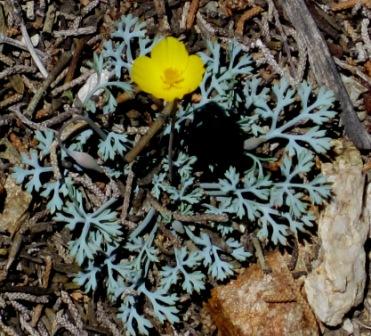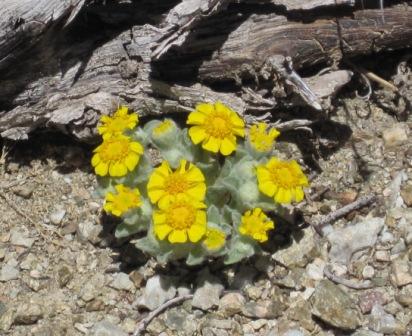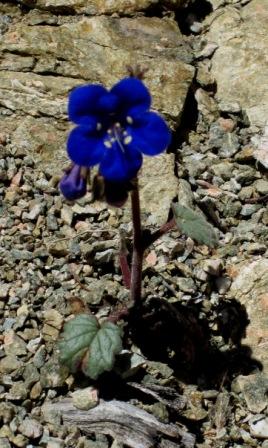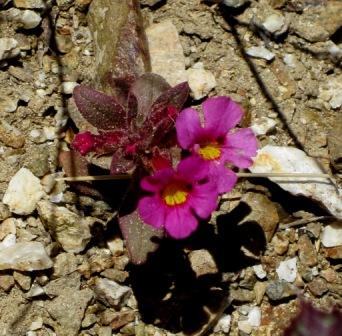
I’m away this week for an out-of-state seminar and a little annual leave. Some of my favorite places to visit this time of year are the high deserts of California. Today we hiked to Horse Thief Creek, a relatively easy trail in the Santa Rosa Wilderness. It’s the perfect time of year to see the high desert in bloom, especially with last winter’s substantial rainfall.

In graduate school I became interested in environmental stress physiology, and I still am entranced by the plant kingdom’s ability to overcome nearly every environmental extreme on earth. Desert ecosystems are particularly harsh, as rainfall is limited to a short period of time, often in the winter or spring. While many perennials are able to tolerate the subsequent dry season, annual species cannot. In essence, they escape drought stress altogether by existing only in seed form for most of the year. Seeds contain relatively little water anyway, and are so protected against environmental extremes that they can remain viable for decades or even centuries.

But back to our desert. After the rainy season, seeds of annual plants go into overdrive, germinating, growing, setting seed, and dying back all the span of a few weeks. Thus, the lucky hiker can find an abundance of tiny, brilliant desert annuals when seasons and vacation schedules coincide.

Tomorrow it’s the Salton Sea. Not sure what we’ll see in terms of plant life, but we’re hoping to catch some of the migratory waterfowl on their journey north.

Nice pics. I’d love some plant ID to go with them.
Paul (and others), if you click on “properties” for each of the photos, you’ll find the names of the plants. (When I get home and have a better connection, I’ll try to remember to post the names under the photos as well.)
Well that’s a neat little trick. Thanks!